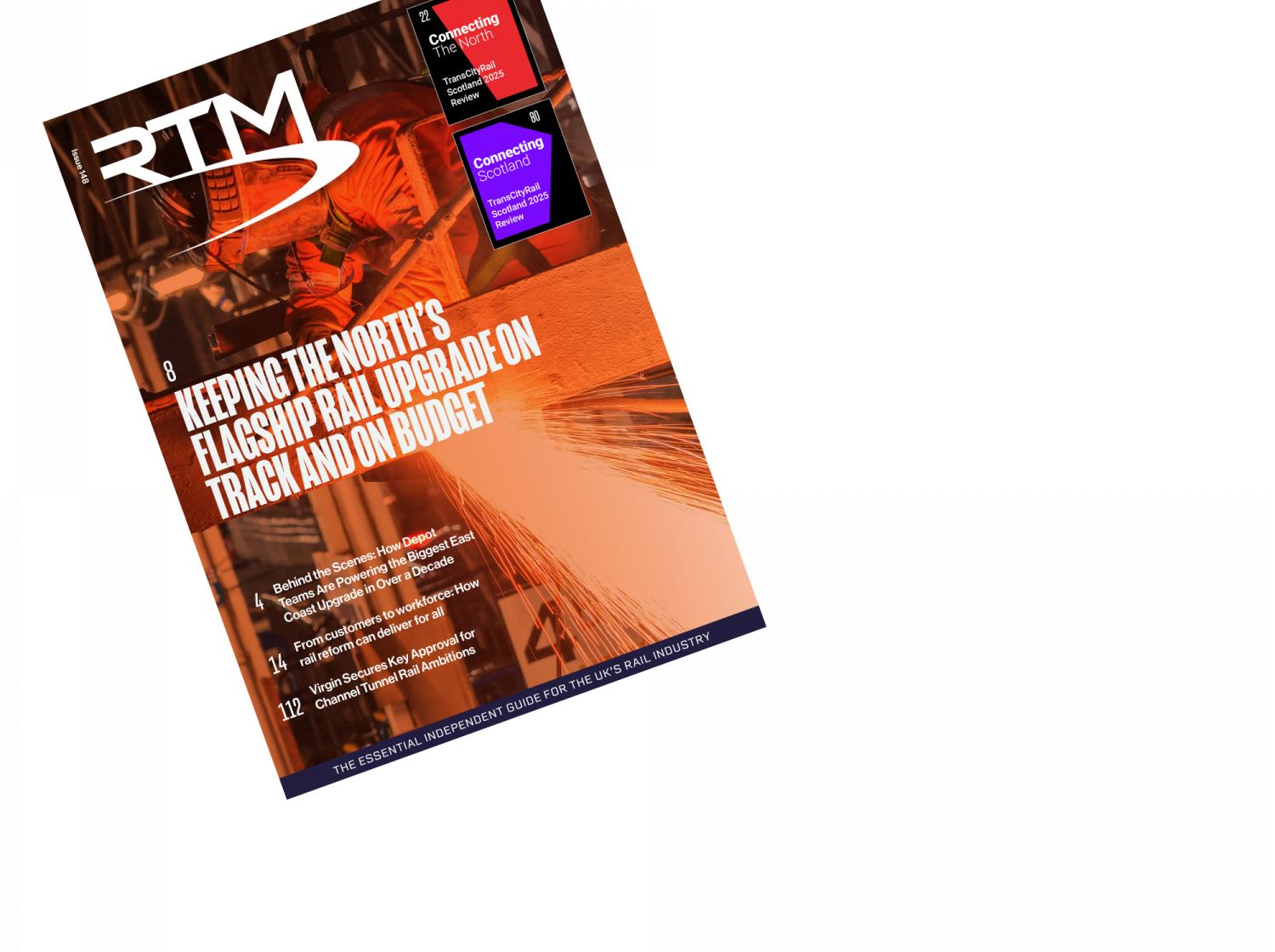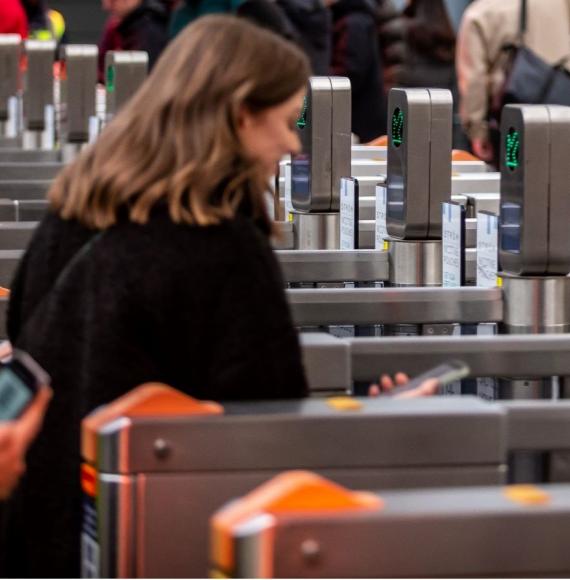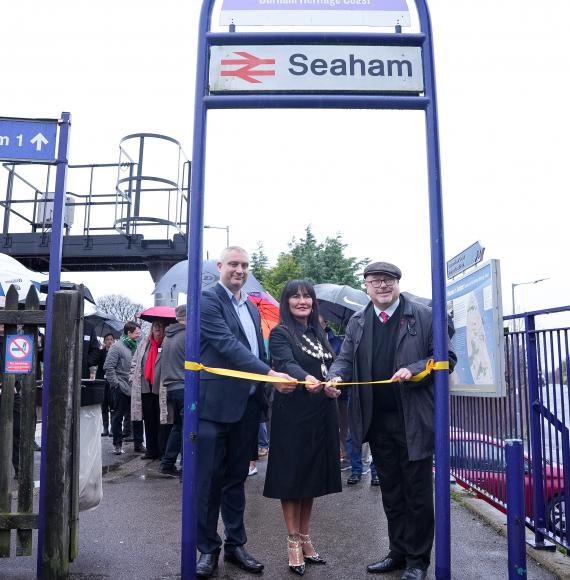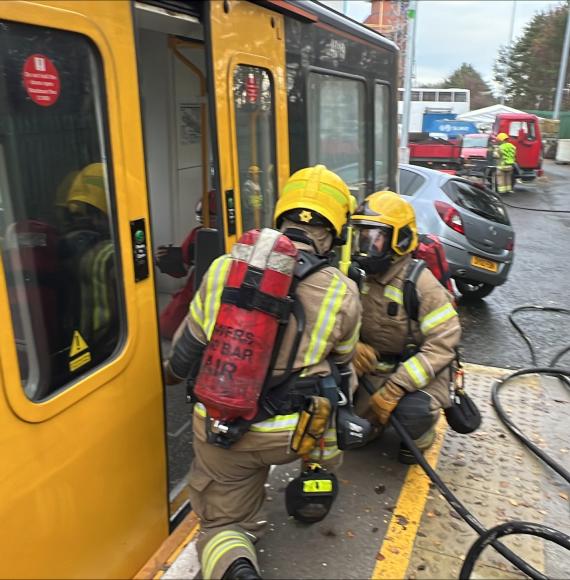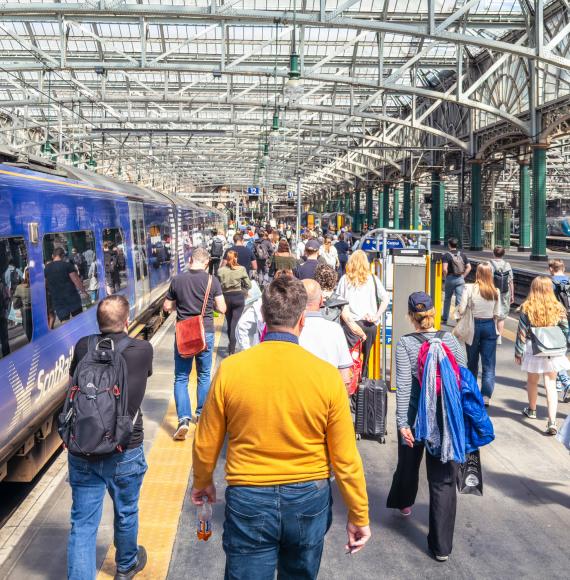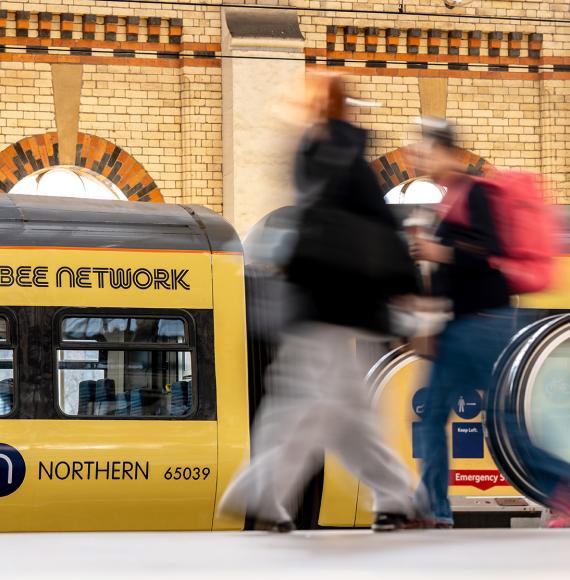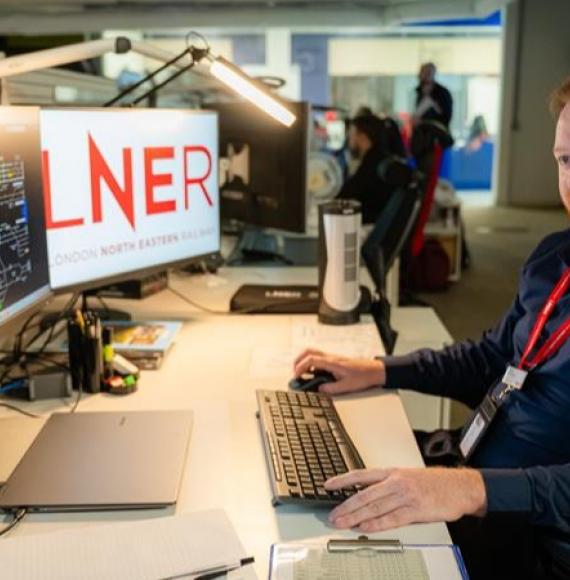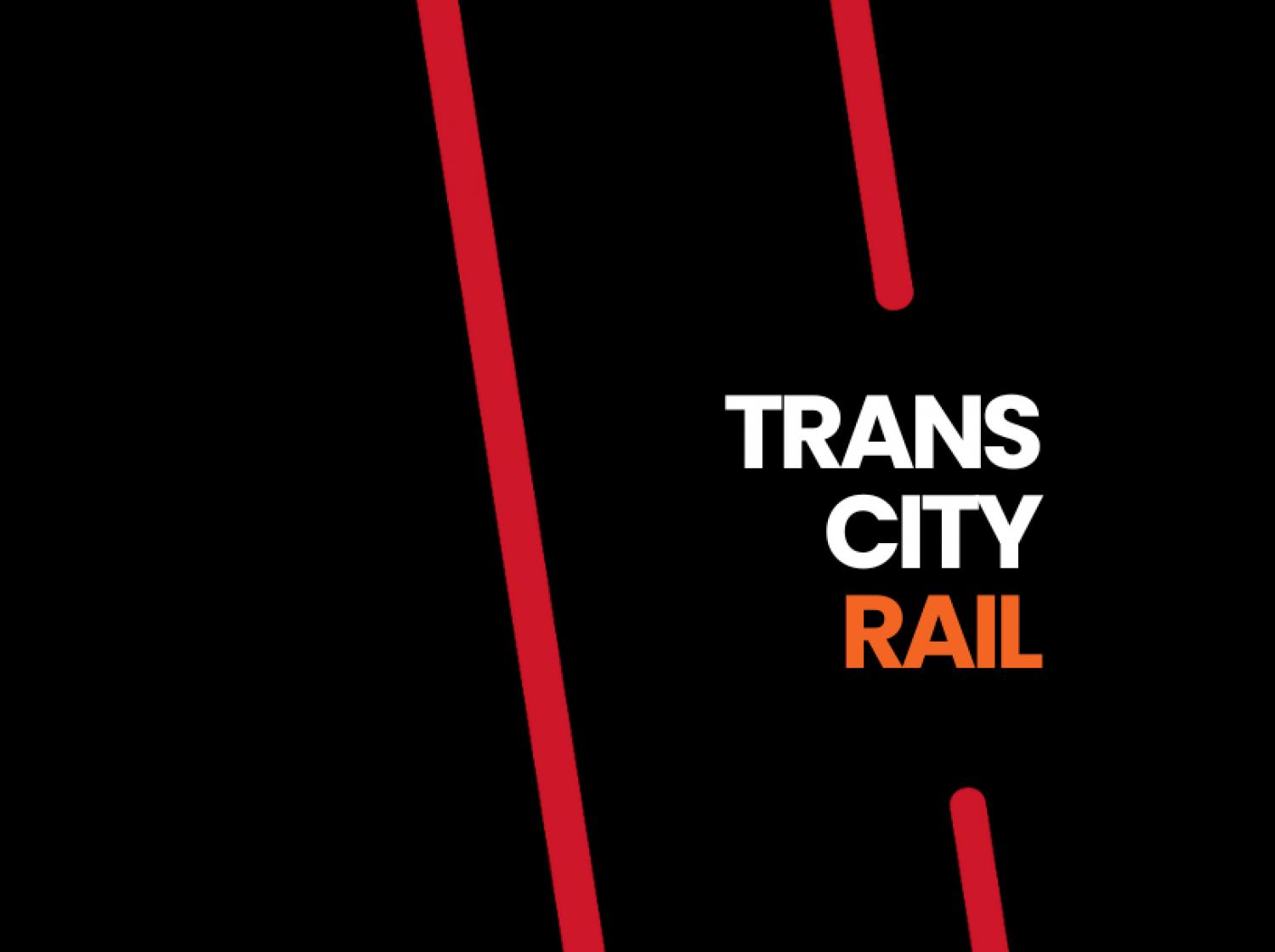Following work to remove lineside vegetation on the Cromer branch line in Norfolk, Network Rail has worked with a specialist charity to create natural habitats for the displaced wildlife.
Trees and vegetation had to be removed from the side of the railway at Whitlingham junction on the line last year to ensure the safe running of rail services, but in doing so they also had to disrupt the natural ecosystem.
In response, Network Rail partnered with charity Buglife to replant the lineside space with a meadow featuring less intrusive species.
These plants will replace the lost vegetation during the clearing works, as well as providing a natural habitat to encourage bee populations in the area.
The new meadow consists of a ratio of 70% perennial to 30% annual plants, sown throughout the site, and will have a mixture of native British wildflowers, as well as added colour from the annuals and perennials.
These plants will provide an important source of nectar and pollen for bees and other pollinating insects, with the mixture of flowers likely to change through seasons and from year to year, attracting a greater range of species to the site and creating an environment that can be managed sustainably each year.
The site of the replanting also falls within the Bee Line Map, a network of insect pathways to be restored to help create a wildflower rich habitat, which Buglife is aiming to encourage.
Network Rail’s Route Engineer for the Anglia region, Liam Allen, said: “Vegetation can pose a risk to running the railway and while safety is paramount, we are committed to retaining, protecting and replanting where possible.
“Replanting is really important and plays a big part in helping the environments and sustain habitats.
“Working with Buglife has been a real benefit to ensure that correct species are planted in the correct location. We’ve also installed signs adjacent to the public footpath so lineside neighbours can see and be aware of what is happening with the plants and wildlife.”
Whitlingham junction was the first location that Network Rail and Buglife have jointly-delivered, with additional sites now being surveyed for future planting.
Main Image (from left to right): Paul Hetherington (Buglife), Liam Allen (Route Engineer), Stewart Cowen (Senior Asset Engineer), Andrew Hood (RailScape Arborist), Chloe Doltis (HR Business Partner Anglia)


